This file contains interrogation summaries and oral history interviews with high-ranking Nazi officials, captured by Allied forces following Germany’s surrender in 1945. It is part of the ETHINT (European Theater Historical Interrogations) series.
Key themes include:
- Hitler’s leadership style, interference in military operations, obsession with minute tactical details.
- Strategic planning and errors in major campaigns (e.g., Stalingrad, Dunkirk, the Ardennes, Operation Barbarossa).
- Diplomatic and military coordination (or lack thereof) with Axis partners like Japan.
- Nazi views of Allied military capabilities, especially U.S. industrial capacity and British morale.
- Post-factum justifications and reflections from German officers seeking to distance themselves from the Führer’s most disastrous decisions.
Includes detailed interview sessions with:
- Reichsmarschall Hermann Göring
- General Walter Warlimont
- Rittmeister Wilhelm Scheidt
- Major Herbert Büchs
Most interviews were conducted in English, though some were originally in German and translated later. The texts are not verbatim transcripts, but edited narratives intended for internal historical analysis.
Disclaimer
This document contains post-World War II interrogation summaries, personal testimonies, and edited interview reports of senior Nazi officials, including Reichsmarschall Hermann Göring and Wehrmacht officers. It was compiled by the U.S. Army Historical Division (ETOUSA) and microfilmed in 1973 from materials in the private collection of David Irving.
Important Notes:
- Historical Context:
The statements within reflect the views, biases, and agendas of former Nazi leaders at the time of capture and interrogation. Many were given under duress or in a postwar environment where individuals sought to shift blame, minimize culpability, or rewrite their wartime roles. As such, the material should not be regarded as wholly objective or factually complete. - Editorial Integrity:
The original interviews were often conducted in English and translated from German, then heavily edited for brevity and clarity. These are not verbatim transcripts. Accuracy, especially in translation and interpretation, cannot be fully guaranteed. Where possible, users are encouraged to verify details against primary source materials (e.g., original German-language records or NARA copies). - Provenance and Usage Warning:
While the content herein was created by the U.S. Army, users are strongly advised to approach the edition with scholarly caution and cross-reference all citations. - Ethical Use Statement:
The material includes firsthand accounts from perpetrators and enablers of a regime responsible for crimes against humanity. Its use should be solely for responsible academic, educational, or historical purposes. Misuse to promote hate, revisionism, or denial of the Holocaust is strictly condemned and may violate applicable laws in some jurisdictions.
Condition Note
-
The document retains a vintage, typewritten appearance, consistent with WWII-era military records.
-
Most pages feature monospaced typewriter fonts, some with editorial stamps or header formatting typical of government memos.
-
Backgrounds exhibit slight graying or sepia toning, resulting from the aging of original paper or film stock, enhancing the archival feel.
-
Occasional pages show edge shadowing, soft contrast, or uneven tone density, common in microfilm reproductions.
-
Some sections have rubber-stamped pagination, editorial marks, or typewritten “NOT FOR PUBLICATION” disclaimers.
-
The file has been OCR-processed to make the text searchable, but:
-
OCR accuracy varies: Some character errors appear, particularly in pages with faint type.
- Tabular data and German-language excerpts sometimes suffer from OCR distortion.
-
Pages are in correct sequence with clear ETHINT section breaks and header summaries.
-
Individual interrogations are visually distinguished by:
-
Centered titles
-
Officer ranks and names
-
Location and date blocks
-
-

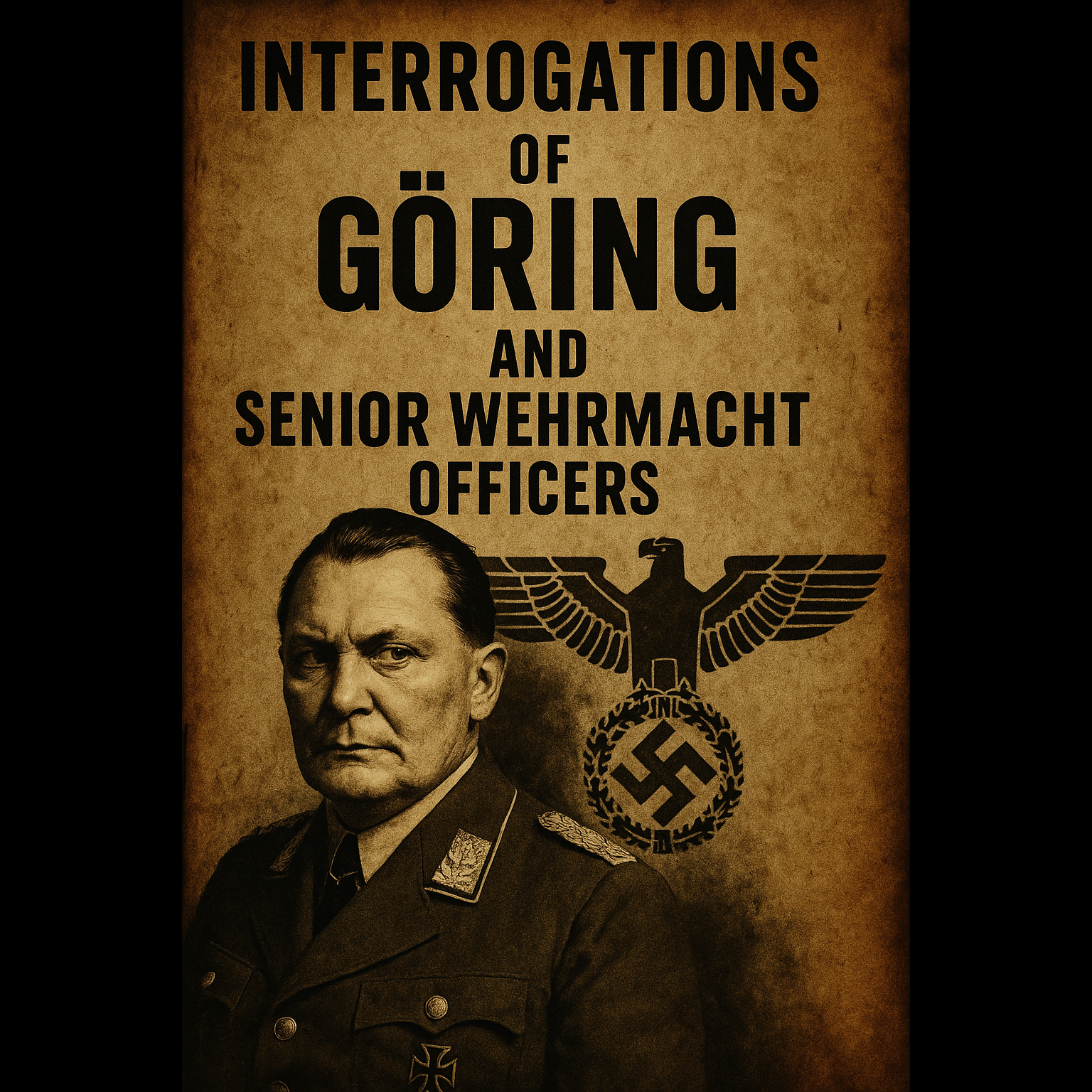
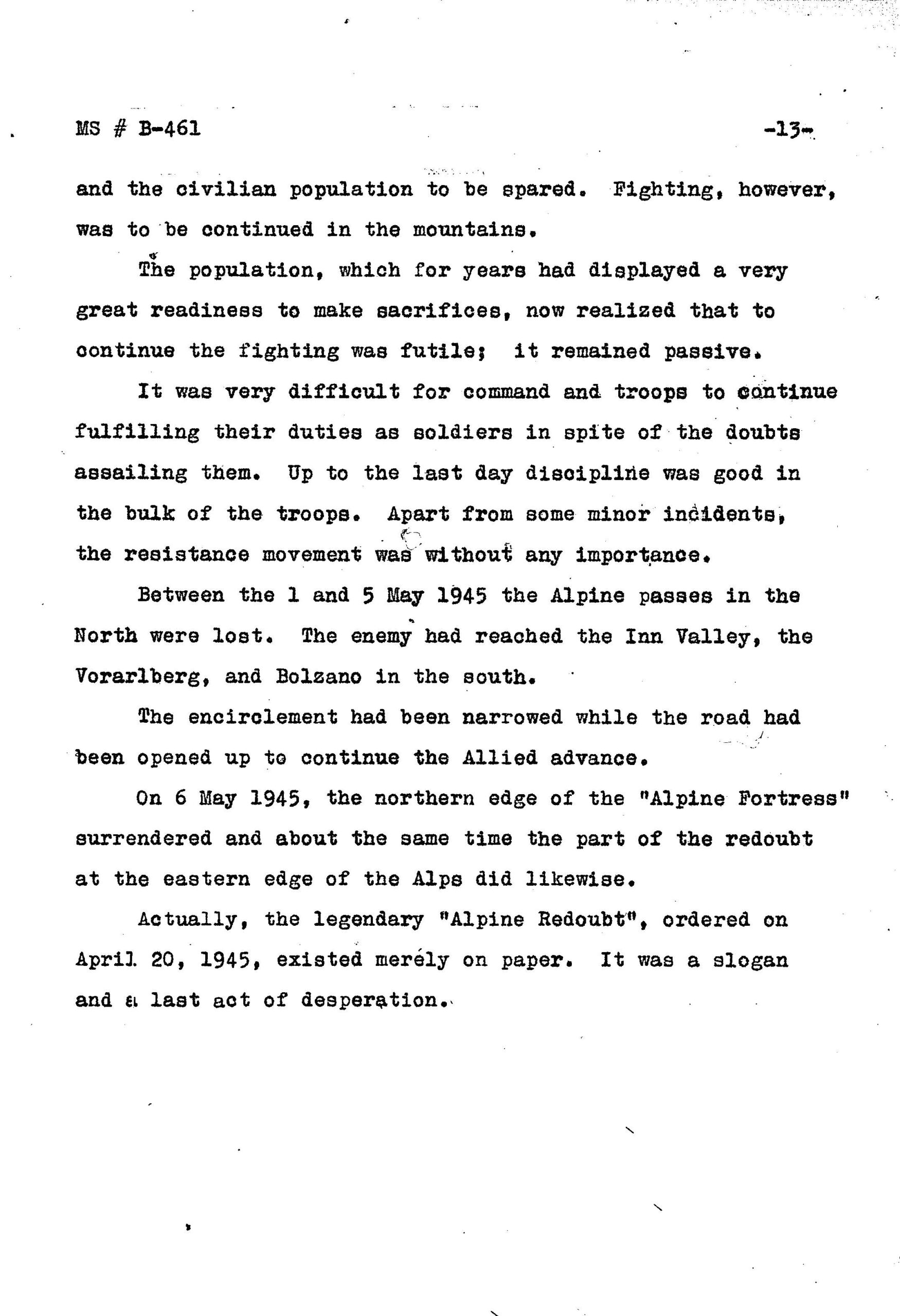
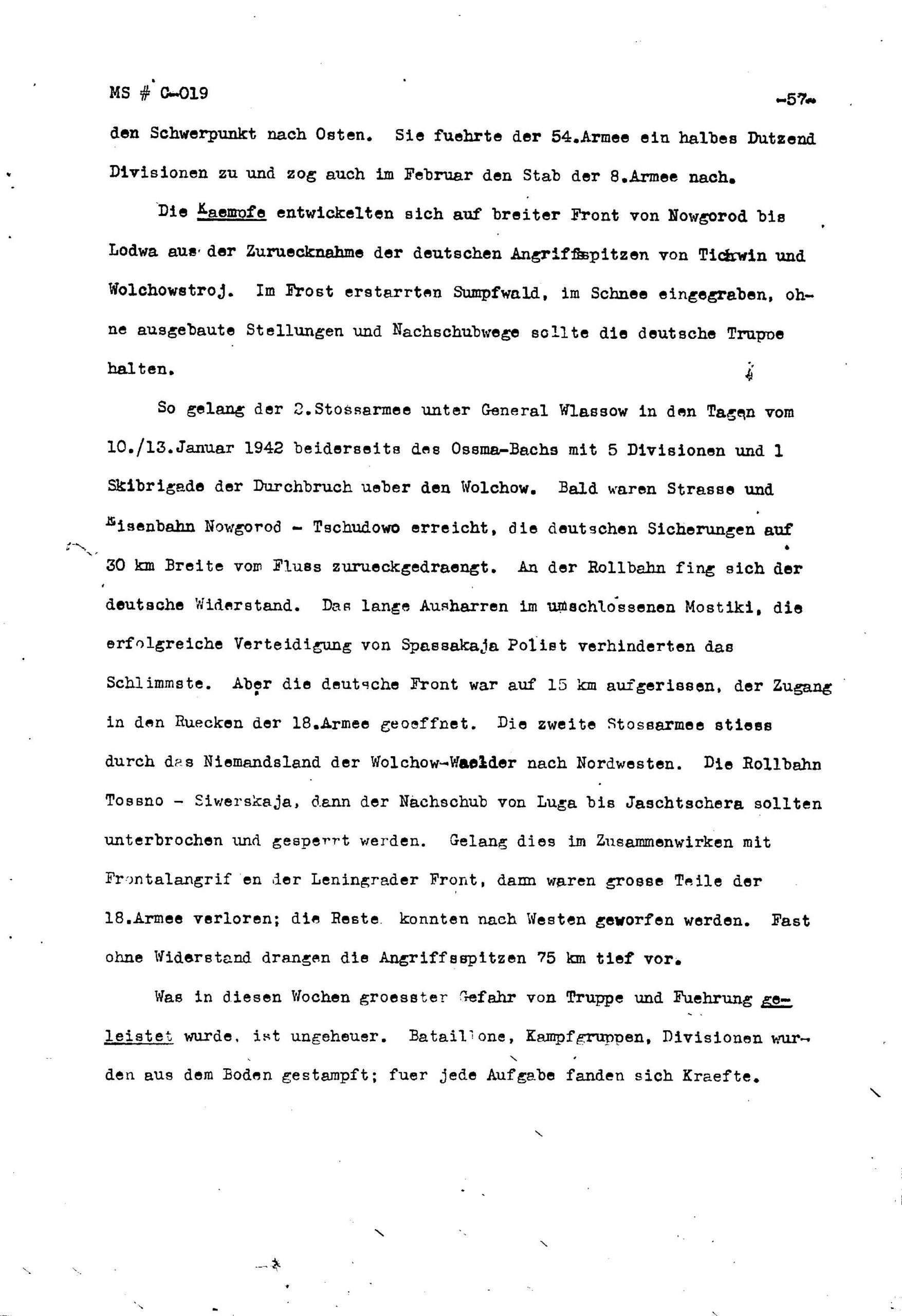
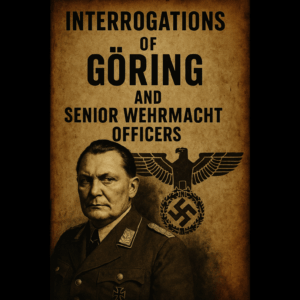
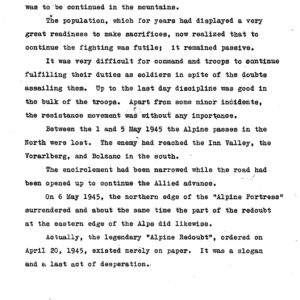
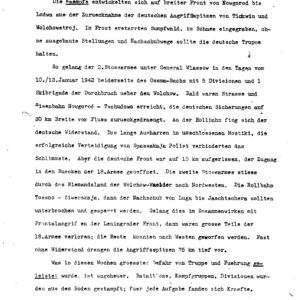
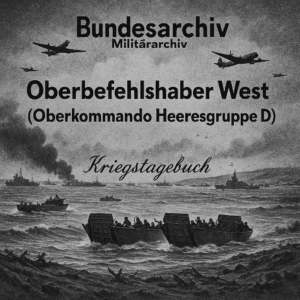
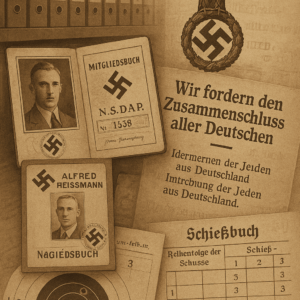
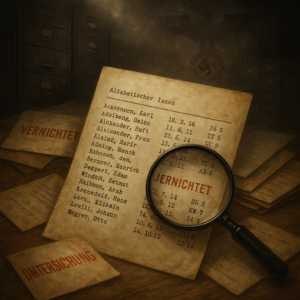
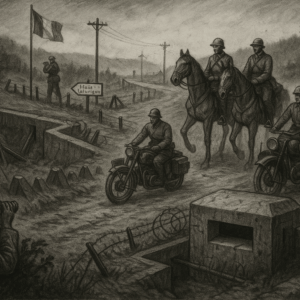
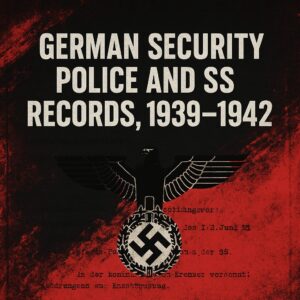
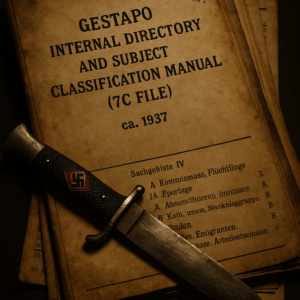
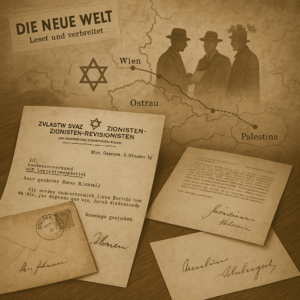
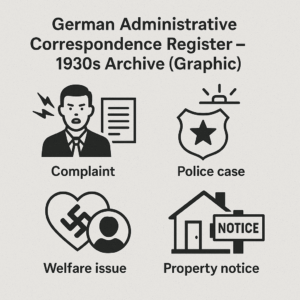
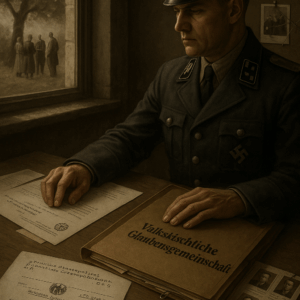
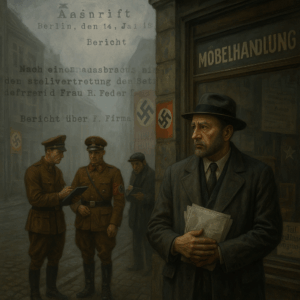
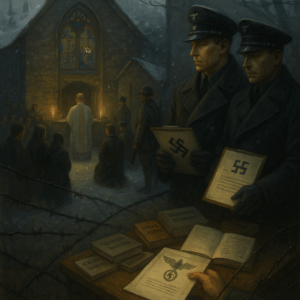
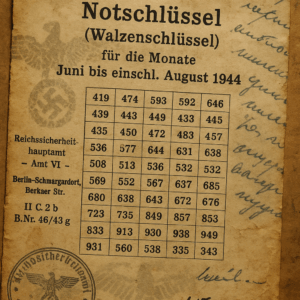
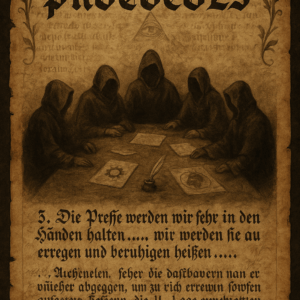
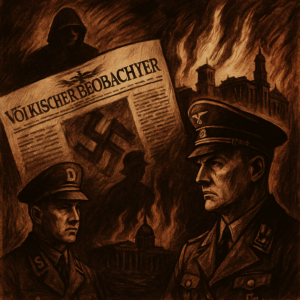


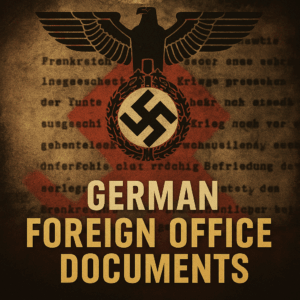
Reviews
There are no reviews yet.